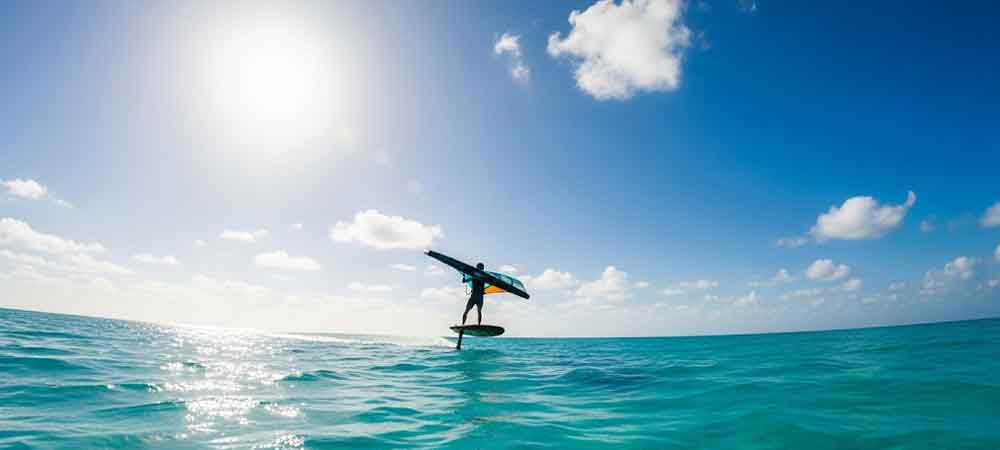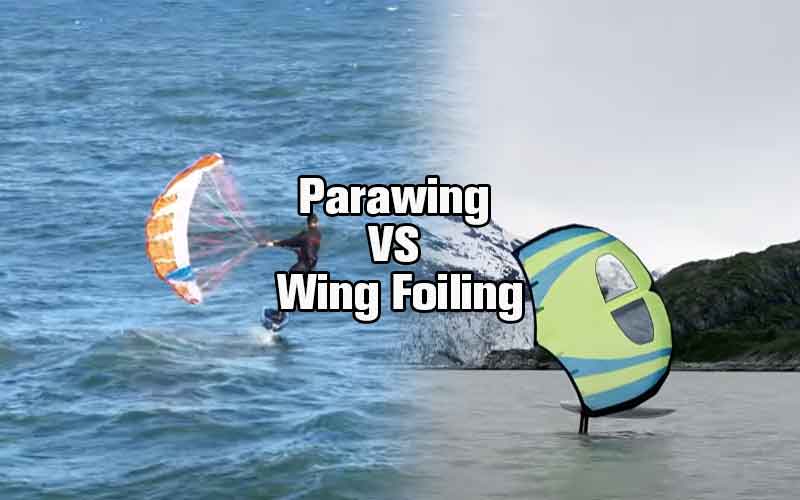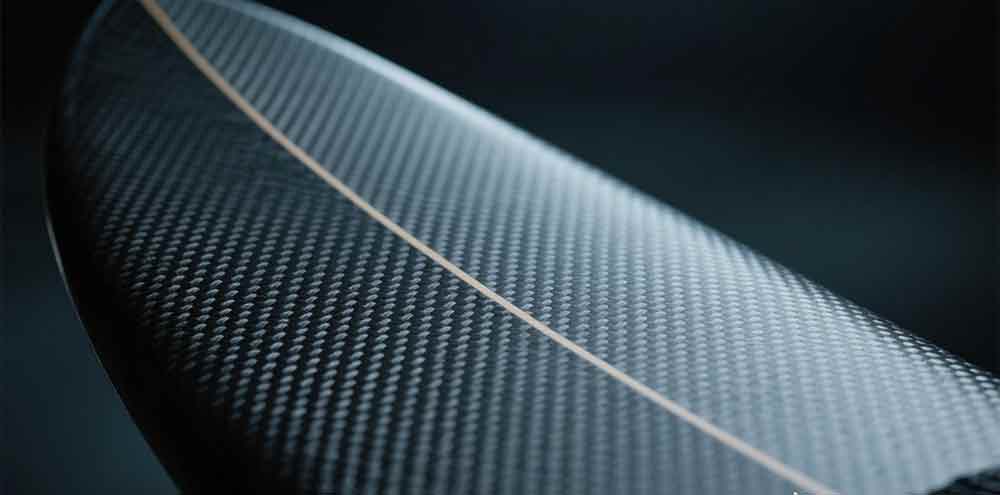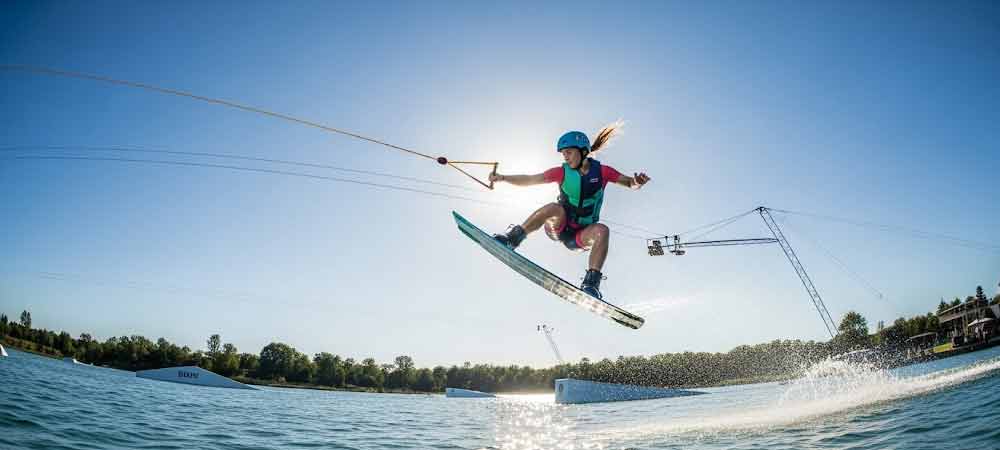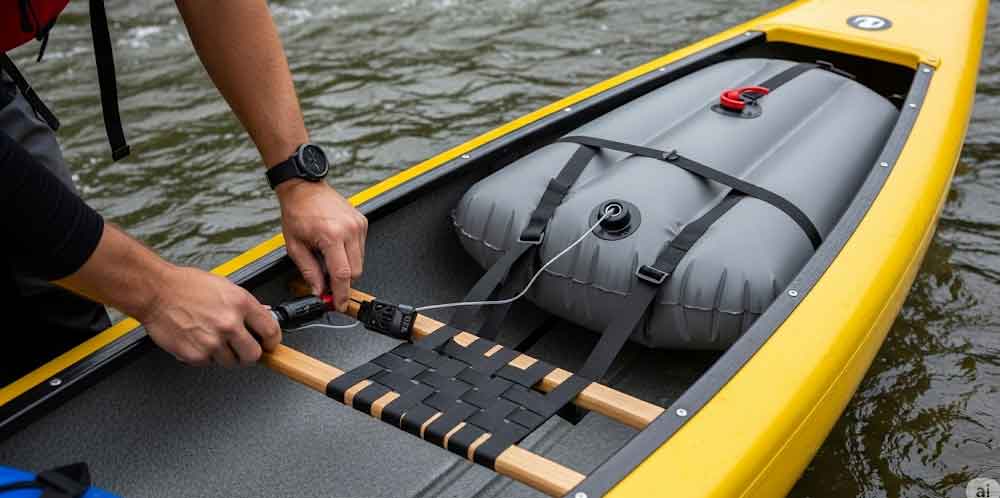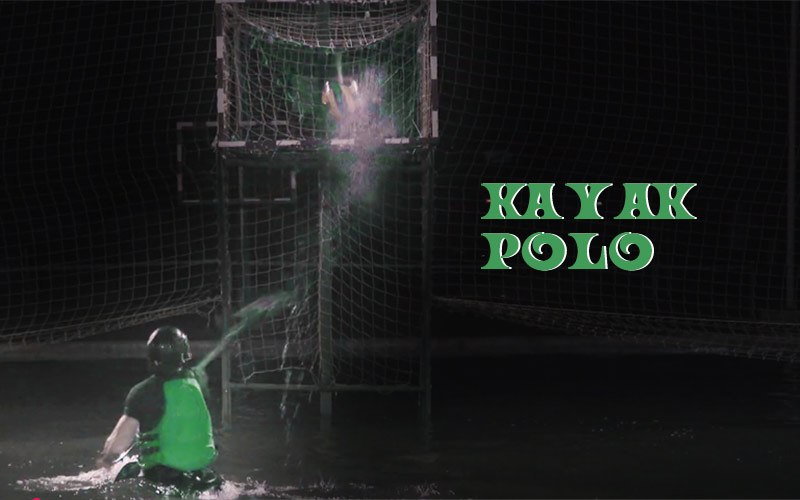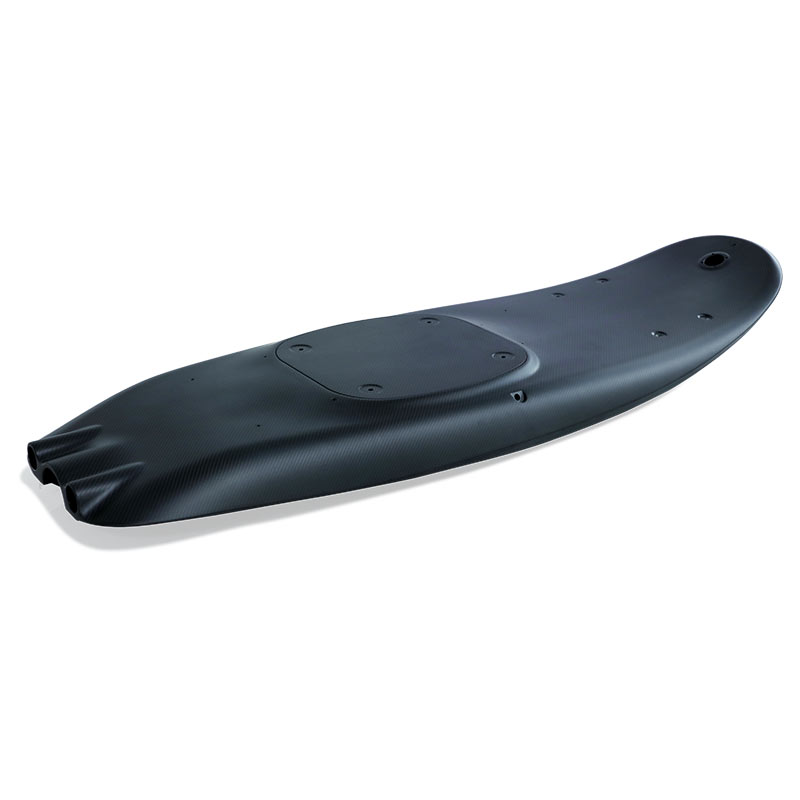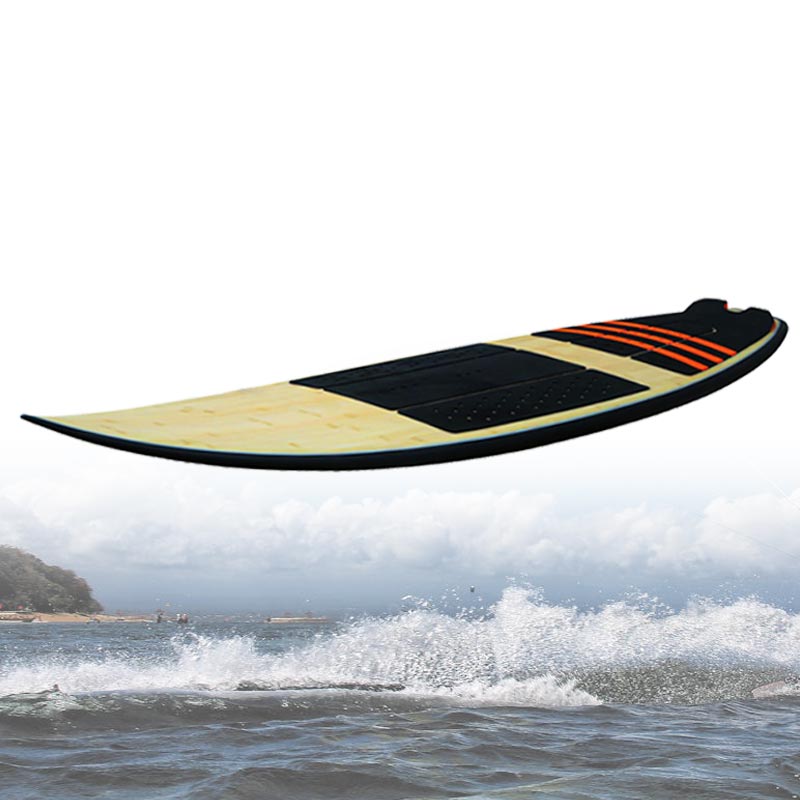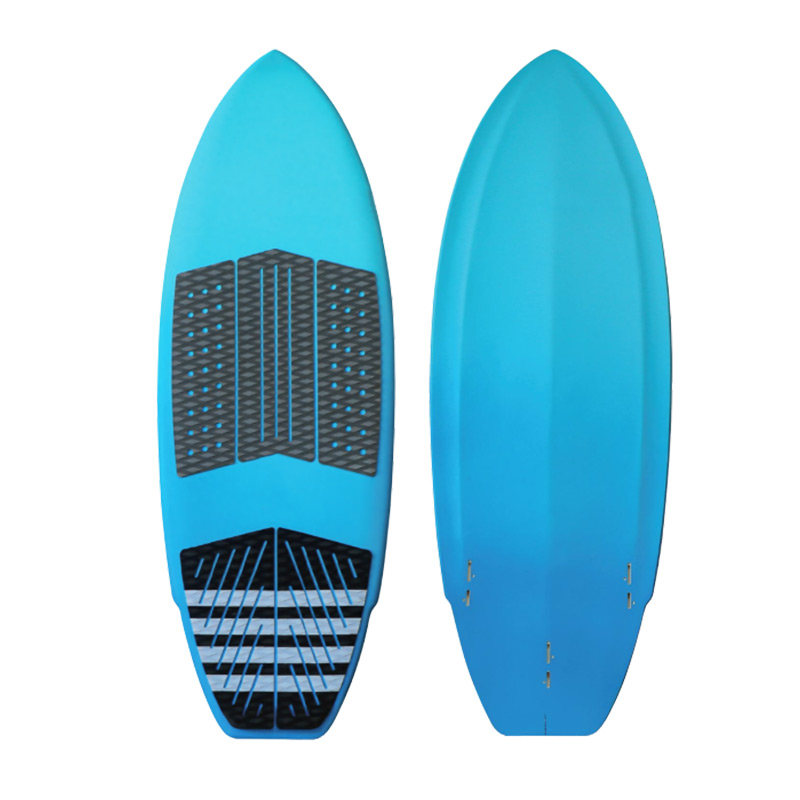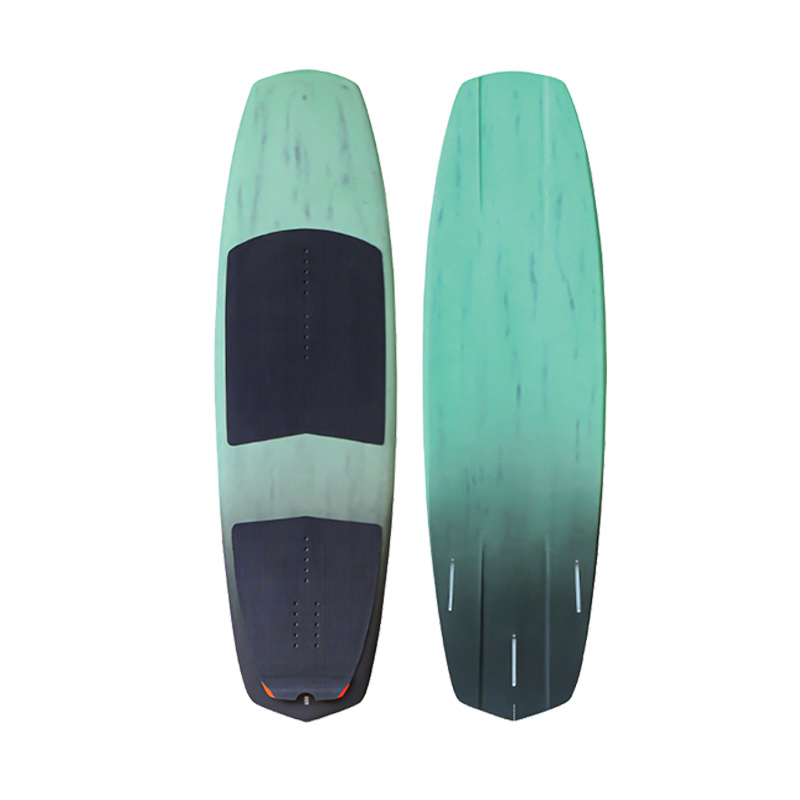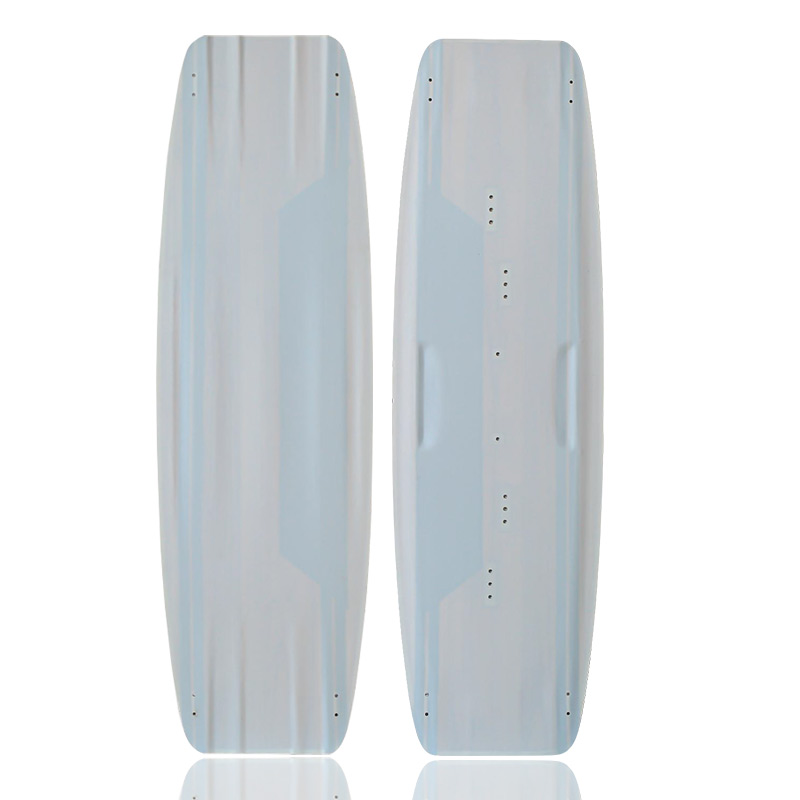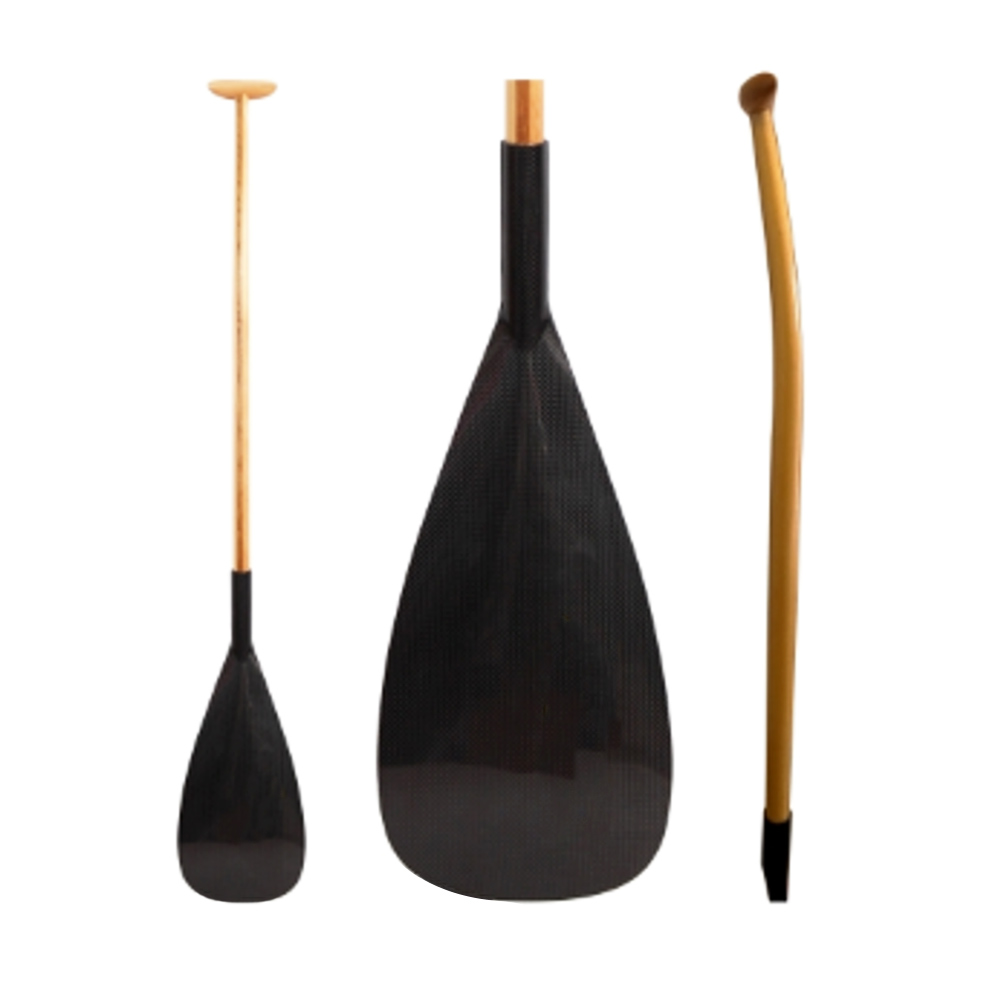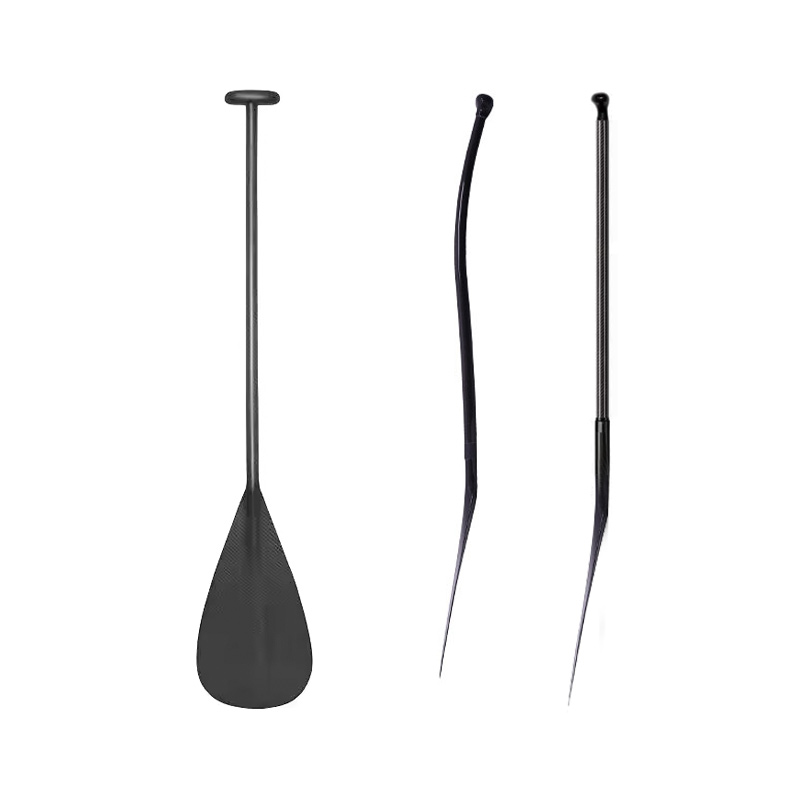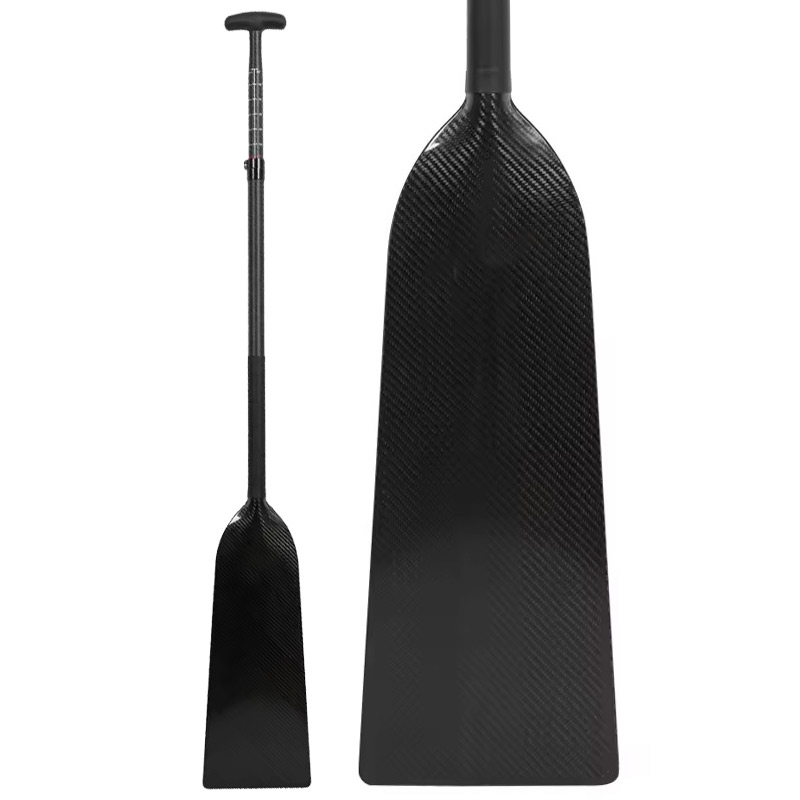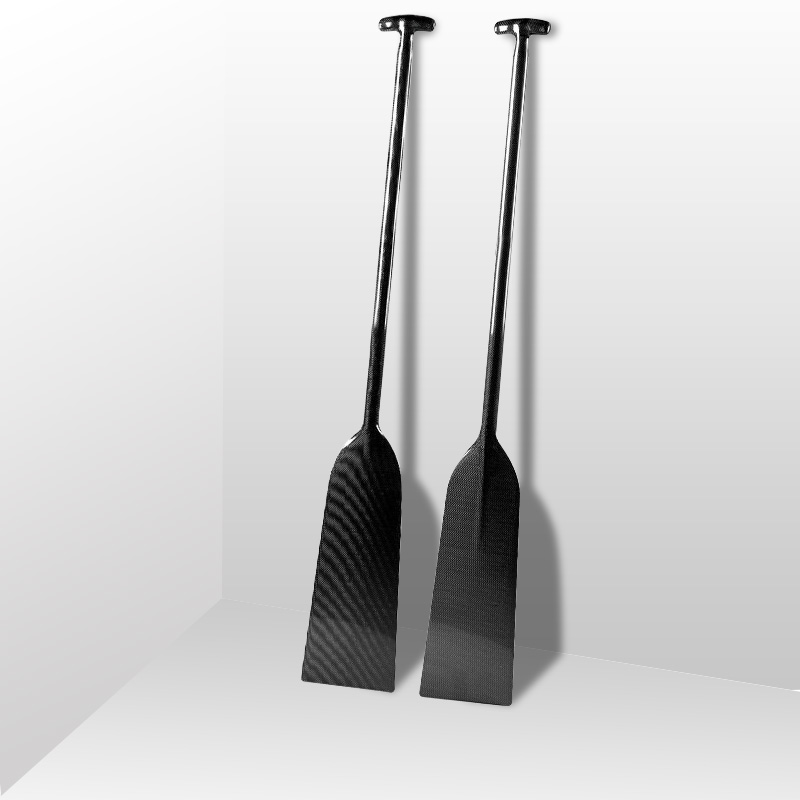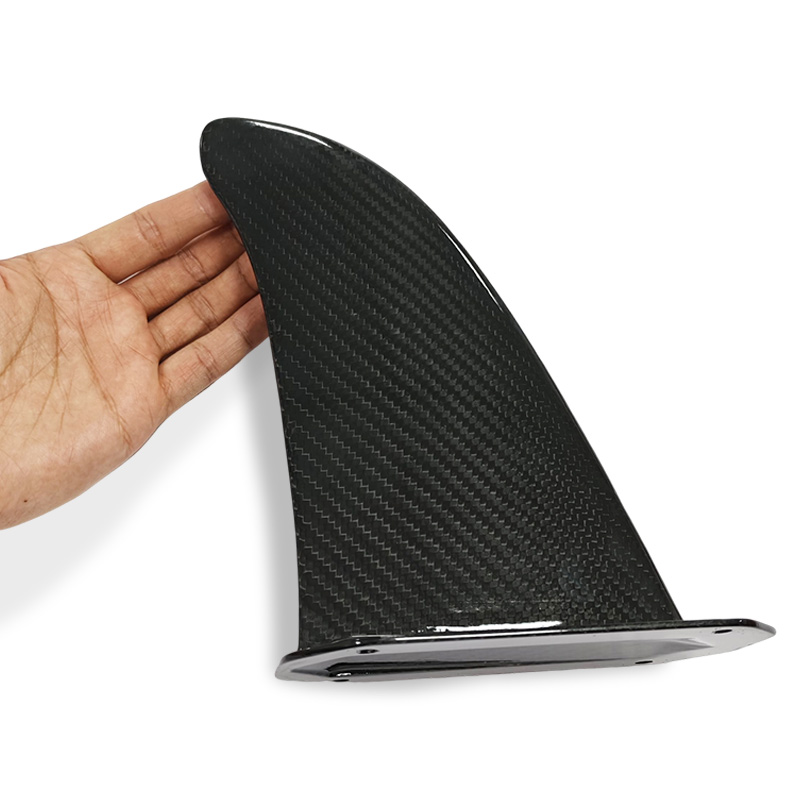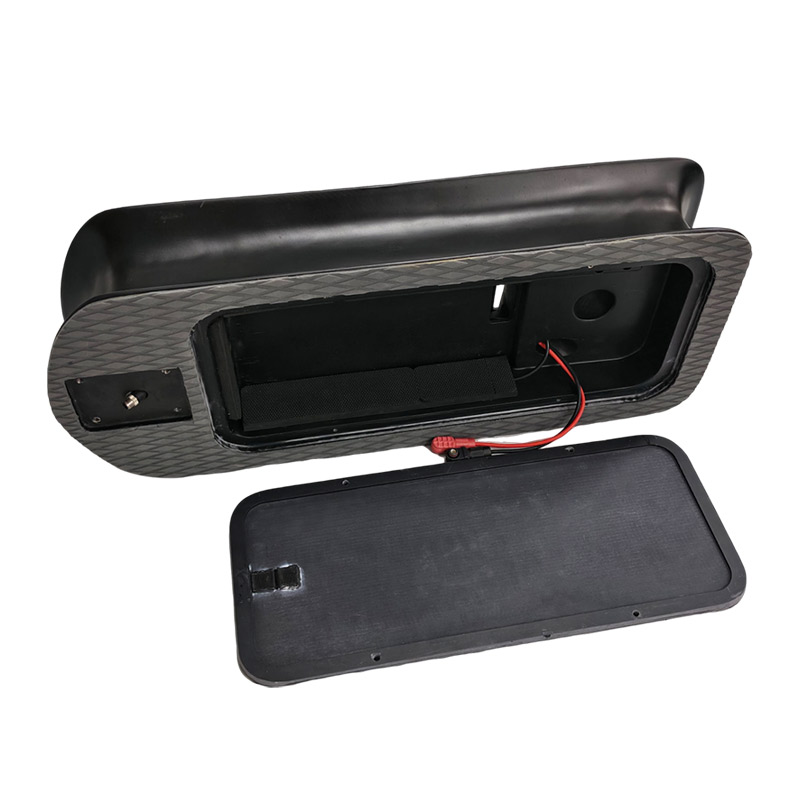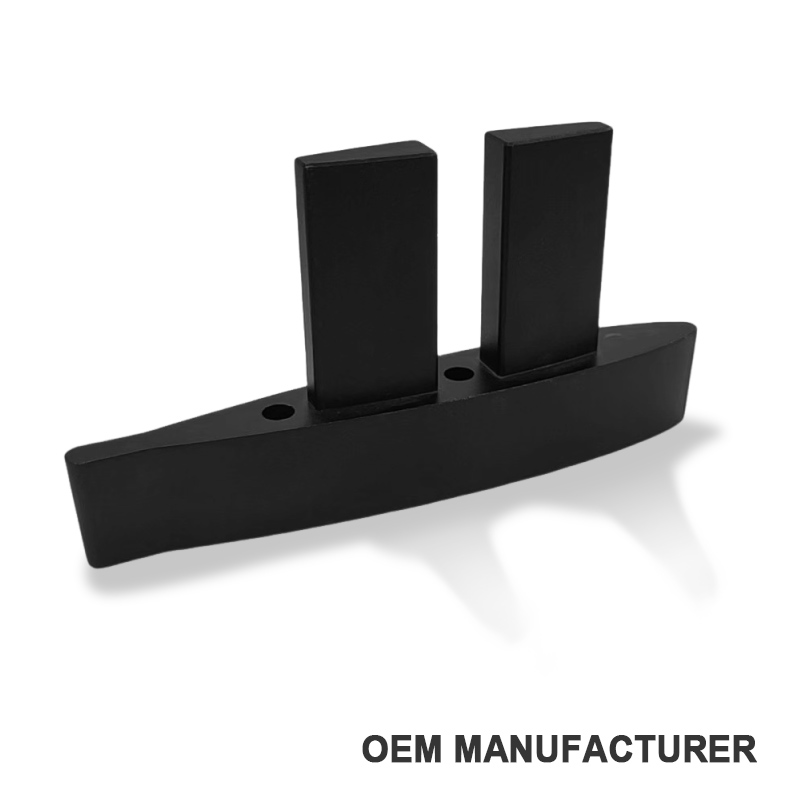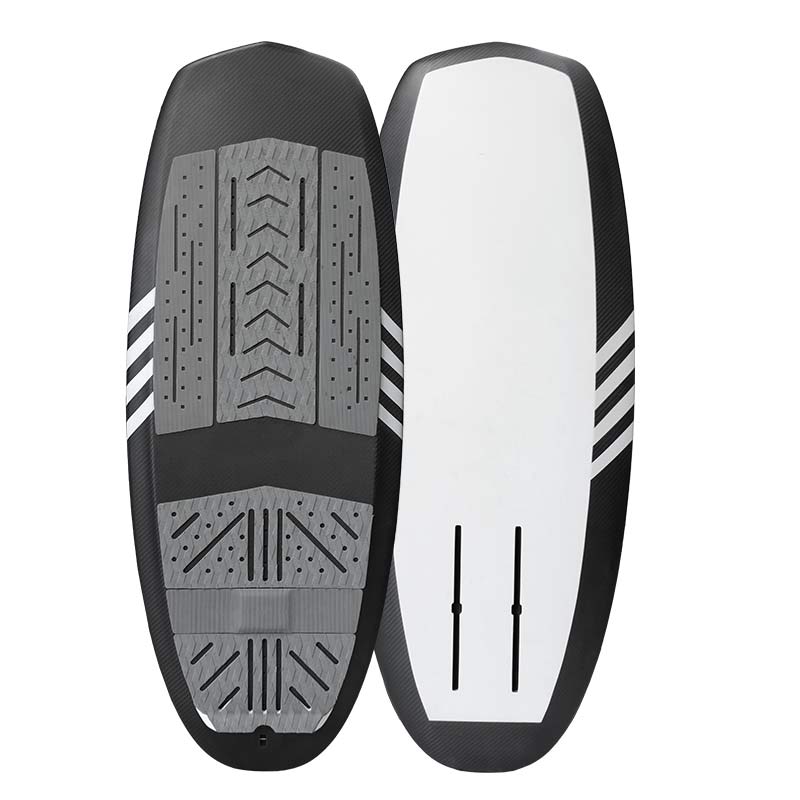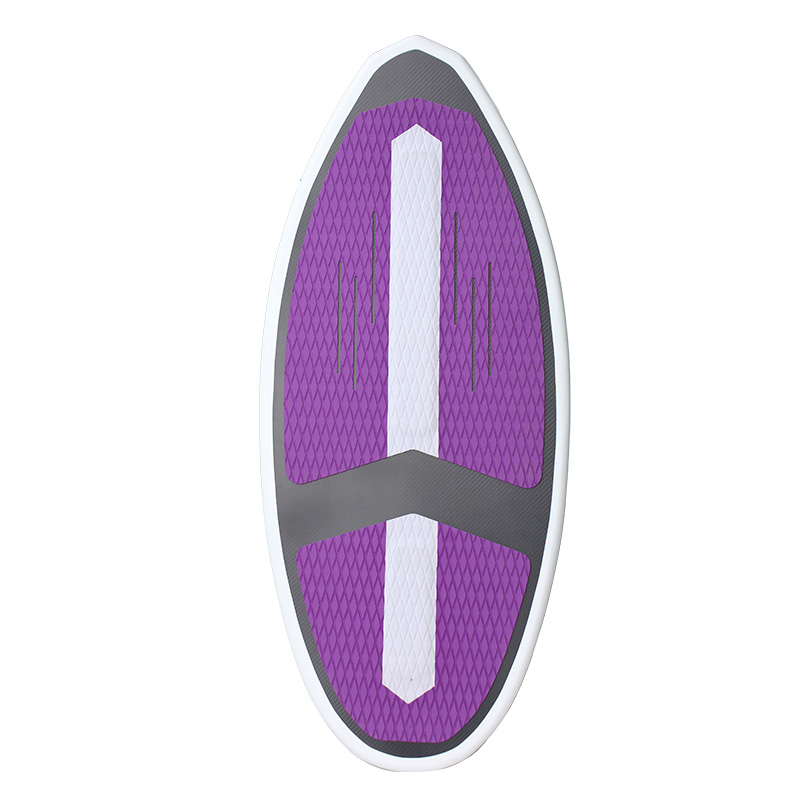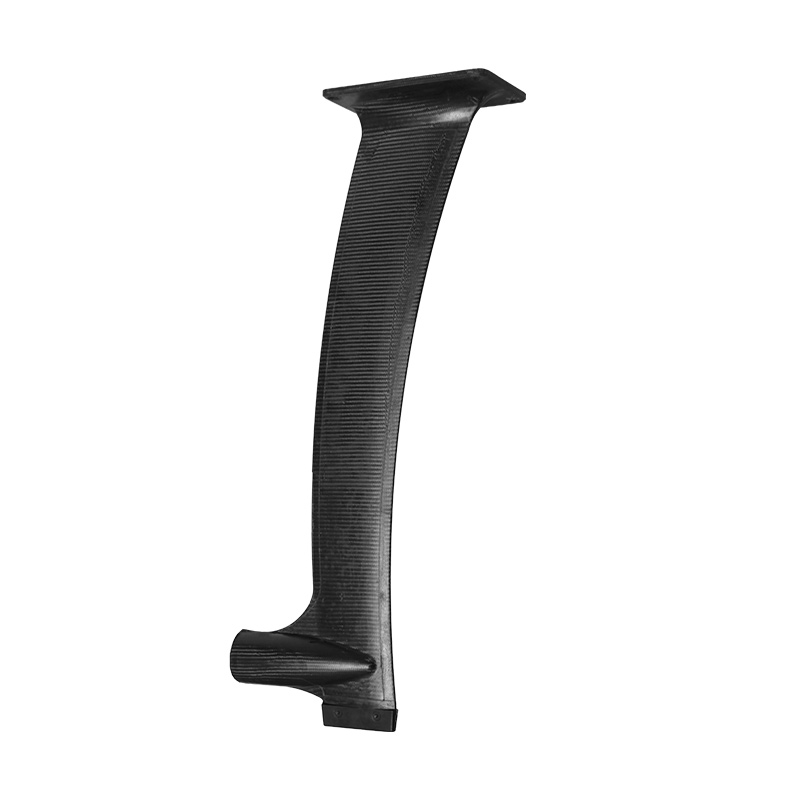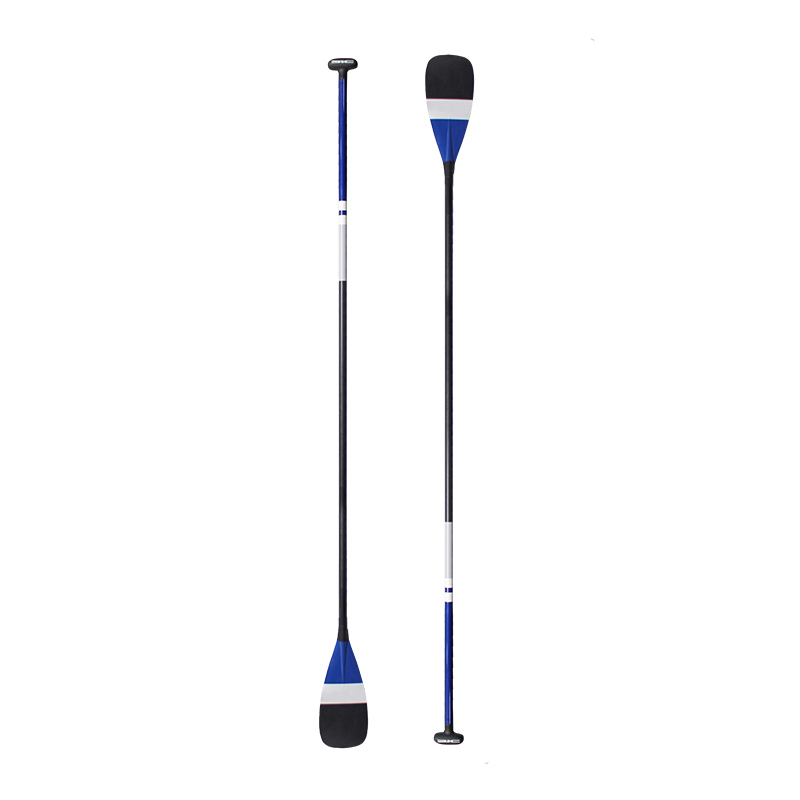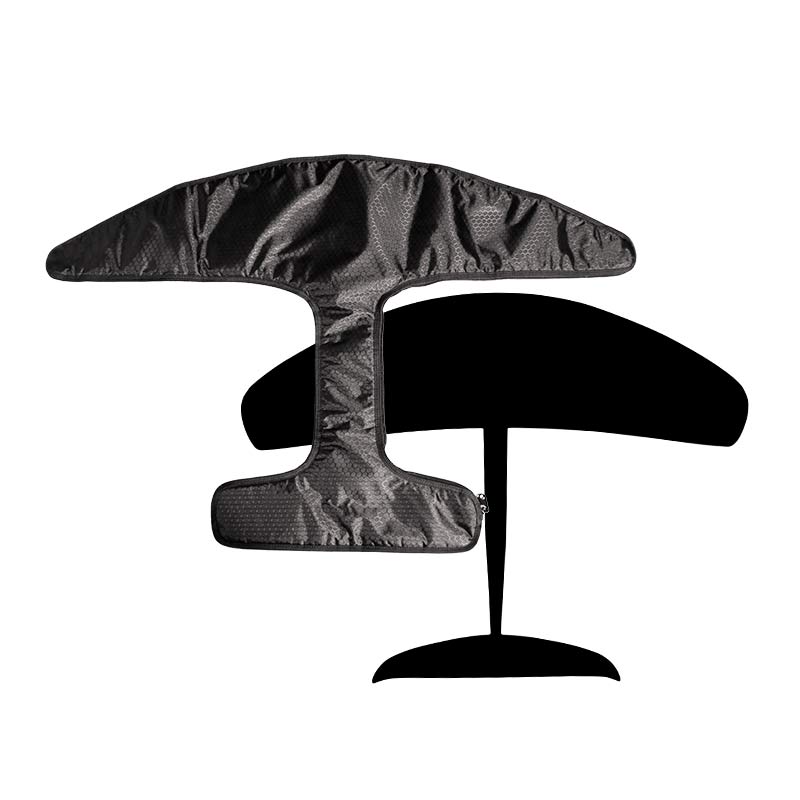If you’re ready to elevate your water sports game, learning how to buy a hydrofoil for wakesurfing is your first step toward gliding effortlessly above the water. Hydrofoils, or “foils,” transform ordinary wakes into endless waves, letting you experience the thrill of flight. But with hundreds of configurations and brands on the market, buying the right hydrofoil can feel overwhelming. This guide breaks down everything you need to know to purchase a hydrofoil that matches your skill level, weight, and riding style—while maximizing your budget.
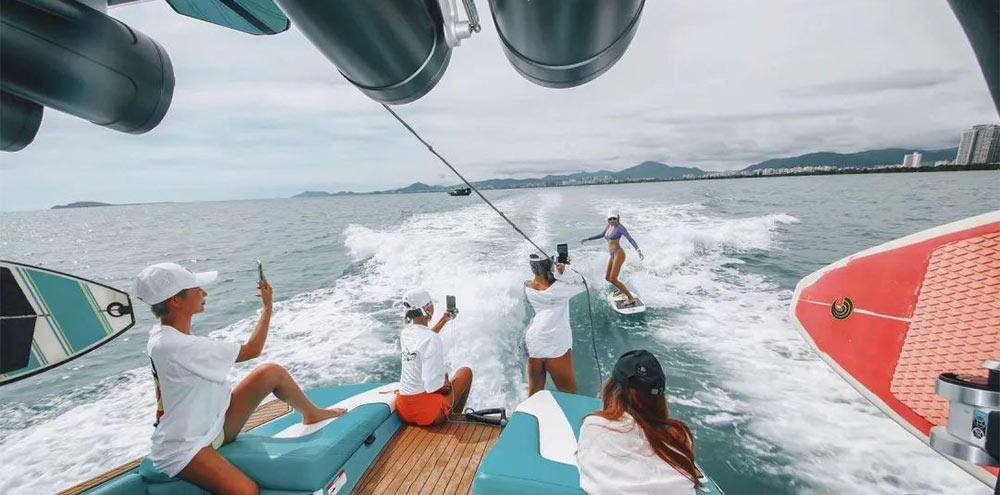
1. Why Buy a Hydrofoil? The Magic of Wakesurf Foiling
Before diving into how to buy a hydrofoil, let’s explore why foiling is worth the investment:
- Endless Riding: Foils let you “steal” wakes from passing boats, creating unlimited surfable waves.
- Low-Speed Flight: Glide at slower speeds than traditional surfing, reducing reliance on powerful boats.
- Versatility: Ideal for dock starts, small wakes, and open-water pumping.
Whether you’re a seasoned surfer or a curious beginner, buying a hydrofoil unlocks a new dimension of water sports.
2. Hydrofoil Anatomy:
Key Components to Understand Before You Buy
To buy a hydrofoil confidently, familiarize yourself with its parts:
- Front Wing: The largest wing generates lift. Size and shape determine speed, stability, and ease of takeoff.
- Rear Wing (Stabilizer): Balances the foil and prevents wobbling.
- Fuselage: The backbone connecting the front and rear wings. Longer fuselages enhance stability; shorter ones improve agility.
- Mast: Vertical post controlling ride height. Taller masts (75–90cm) suit advanced riders; shorter (60cm) work for beginners.
- Base Plate: Attaches the foil to your board.
Understanding these parts ensures you’ll buy a hydrofoil tailored to your goals.
3. How to Buy a Hydrofoil: 5 Critical Questions to Ask
A. What’s Your Primary Use Case?
Your riding style dictates the foil design:
- Wake Thief (Pumping): Prioritize high-aspect-ratio front wings (long, narrow) for efficient gliding.
- Small Wake Surfing: Opt for larger wings (1,500–1,700 cm²) to generate lift in weak wakes.
- Dock Starts: Choose beginner-friendly wings with ample surface area.
- High-Speed Carving: Compact, low-aspect wings offer agility.
Pro Tip: If you plan to buy a hydrofoil for multiple uses, focus on modular systems (e.g., Axis, Slingshot) that let you swap wings later.
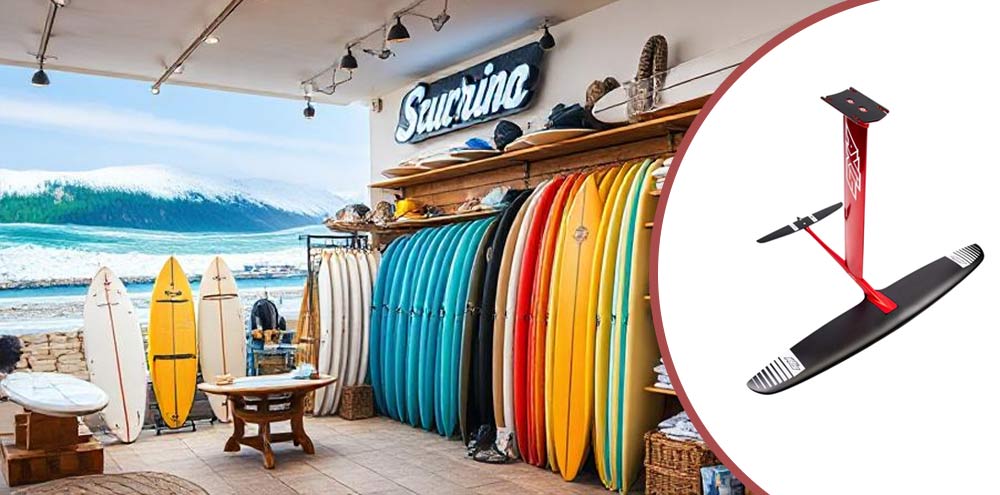
B. How Much Do You Weigh?
Weight directly impacts wing size:
- Heavy Riders (190+ lbs/86+ kg): Look for wings over 1,700 cm² (e.g., Axis 1150).
- Average Riders (150–180 lbs/68–82 kg): Aim for 1,300–1,500 cm² (e.g., Axis 910).
- Light Riders (<150 lbs/68 kg): Wings as small as 1,000 cm² may suffice.
C. What’s Your Skill Level?
- Beginners: Larger wings (1,500+ cm²) ease takeoff and stability.
- Intermediate: Experiment with high-aspect wings for speed.
- Advanced: Customize with specialized wings for tricks or ocean waves.
D. What’s Your Budget?
Hydrofoils range from $1,500 to $3,000+.
- Entry-Level: Complete kits ($1,500–$2,000) from brands like Slingshot.
- Mid-Range: Modular systems ($2,000–$2,500) from Axis or Lift Foils.
- Premium: Carbon-fiber setups ($3,000+) for competitive riders.
E. Where Will You Buy?
- Local Shops: Test foils before buying.
- Online Retailers: Amazon, EVO, or brand websites often offer discounts.
- Used Markets: Facebook Groups or eBay for cheaper setups.
4. Step-by-Step Guide to Buying Your First Hydrofoil
Step 1: Prioritize the Front Wing
The front wing is 80% of your foiling experience. Buy a hydrofoil with a wing that matches your weight and goals. Example:
- Goal: Wake Thief + Small Wakes → High-aspect, 1,700 cm² wing.
- Goal: Dock Starts → Large, low-aspect wing.
Step 2: Choose Mast Length
- 60–75 cm: Ideal for beginners (forgiving and stable).
- 75–90 cm: For advanced riders seeking height.
Step 3: Select Fuselage and Stabilizer
- Fuselage: Medium length (70–80cm) balances speed and control.
- Stabilizer: Match it to your front wing’s aspect ratio.
Step 4: Pair with a Compatible Board
- Board Size: 4’–5’ boards are lightweight and responsive.
- Attachment: Ensure a Tuttle or track box matches your foil’s base plate.
5. Some Hydrofoils to Buy in 2024
- Axis 1150 ($2,199): Best for heavy riders chasing small wakes.
- Slingshot Infinity 84 ($1,799): Affordable all-rounder.
- Lift Foils Classic 200 ($2,499): Lightweight carbon for intermediates.
- GoFoil GL1400 ($2,299): Smooth glide for wake thieves.
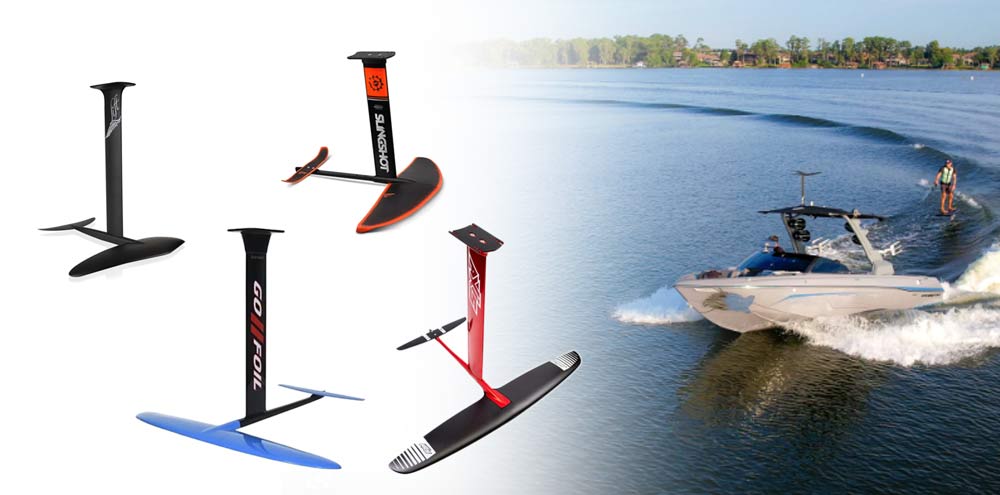
6. Where to Buy a Hydrofoil: Retailer Comparison
| Retailer | Pros | Cons |
| Amazon | Fast shipping, easy returns | Limited expert advice |
| EVO | Curated brands, sales | Higher prices |
| Local Dealers | Demo days, personalized support | Limited stock |
| Facebook Marketplace | Cheap used gear | No warranty |
Otherwise, if you are a brand owner or water sports company buyer, welcome to contact us to get the wholesale price of hydrofoil or a quote for foil Customized service.
7. Common Mistakes to Avoid When You Buy a Hydrofoil
- Ignoring Weight: A too-small wing won’t lift heavier riders.
- Overpaying for Carbon: Beginners don’t need premium materials.
- Neglecting Modularity: Fixed foils limit future upgrades.
FAQs: About Buying a Hydrofoil
Q: How much does it cost to buy a hydrofoil?
A: Expect to spend $1,500–$3,000 for a complete setup.
Q: Can I buy a hydrofoil without a board?
A: Yes! Many brands sell foils separately.
Q: Where’s the best place to buy a hydrofoil online?
A: EVO, Amazon, or direct from brands like the Axis website.
Conclusion: Ready to Buy Your Hydrofoil?
Buying a hydrofoil is an investment in endless waterborne adventure. By prioritizing your weight, skill level, and riding style—and selecting a modular system—you’ll maximize versatility and fun. Whether you’re wake-thieving behind boats or mastering dock starts, the right foil transforms every session into a flight.

